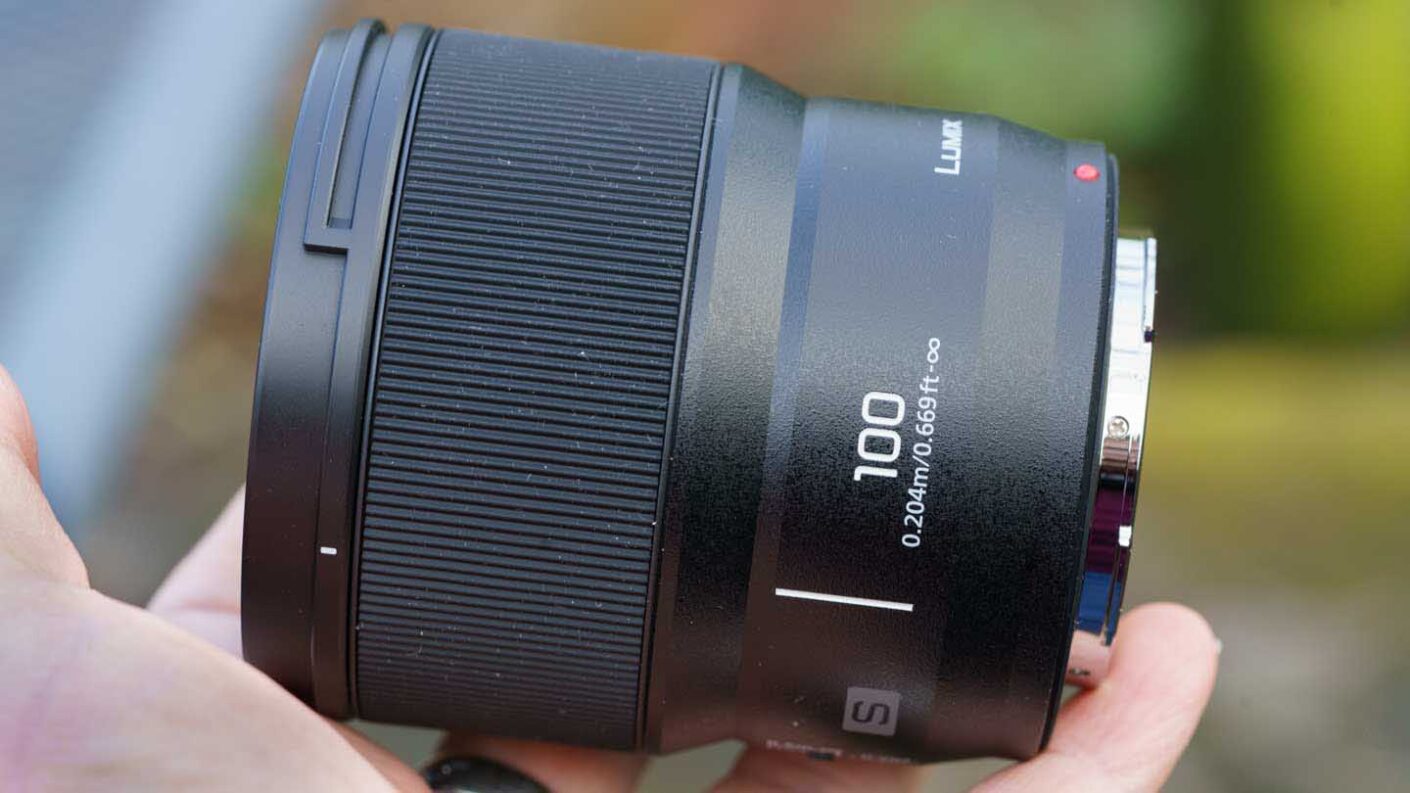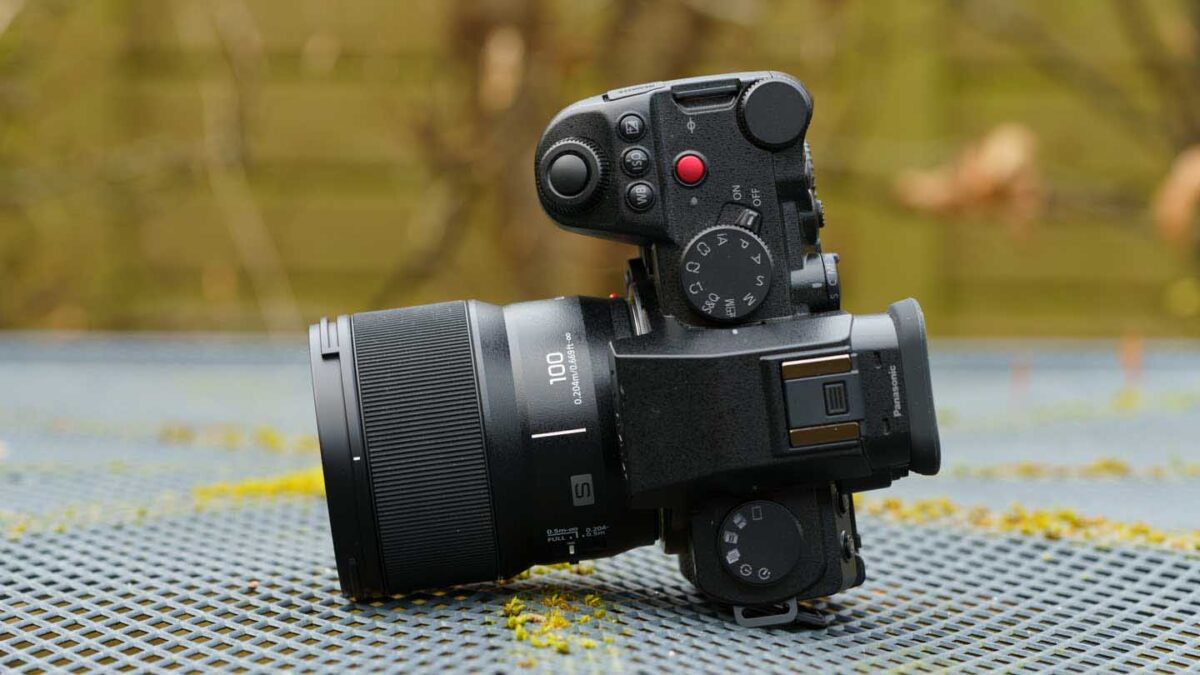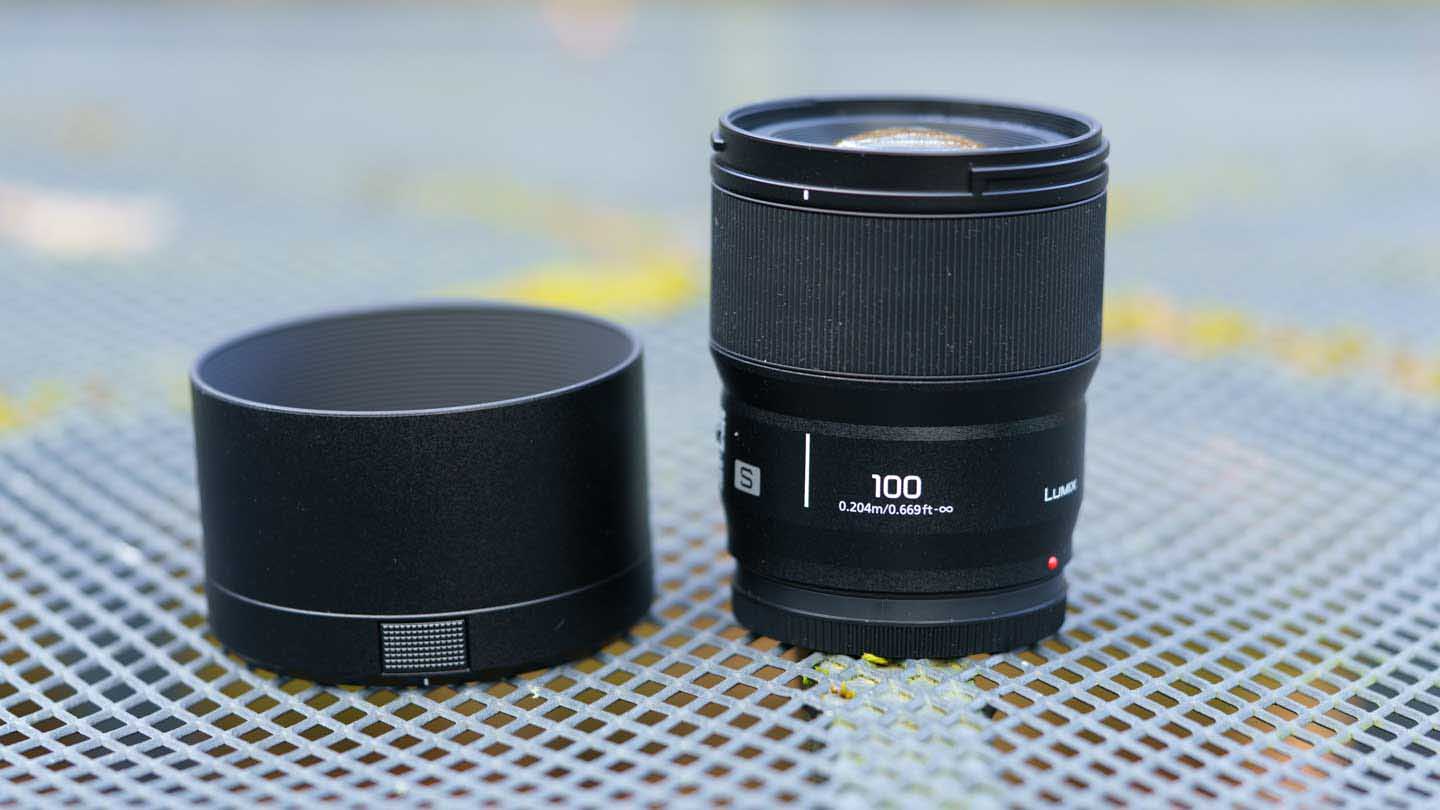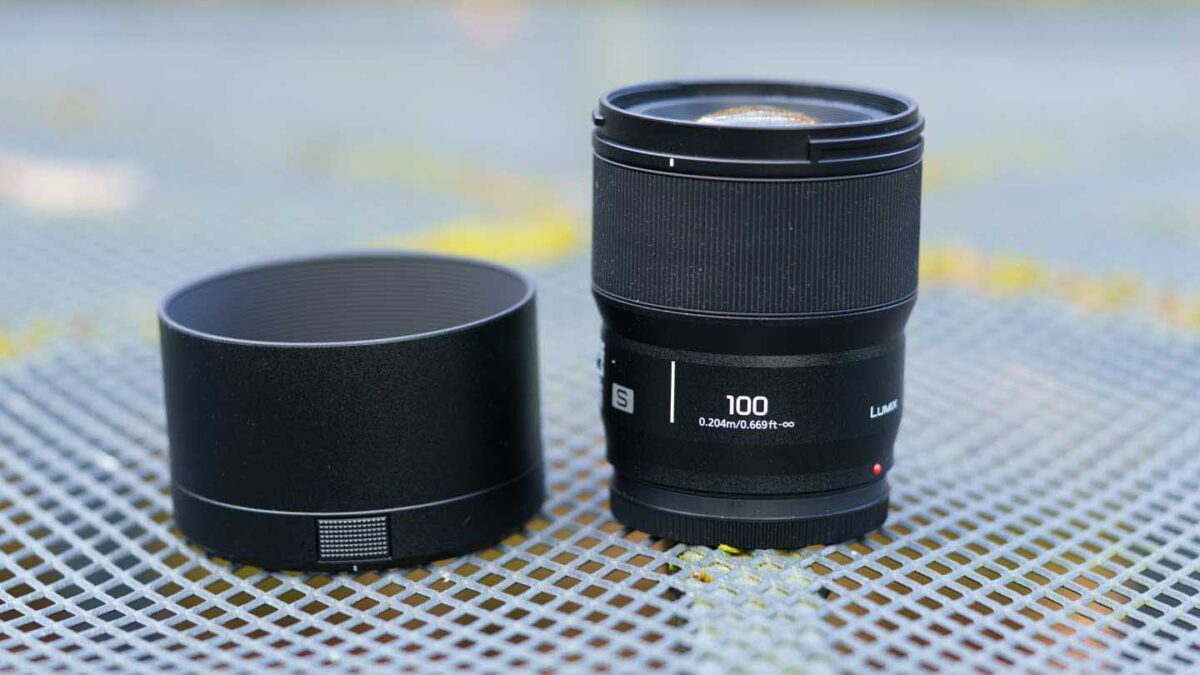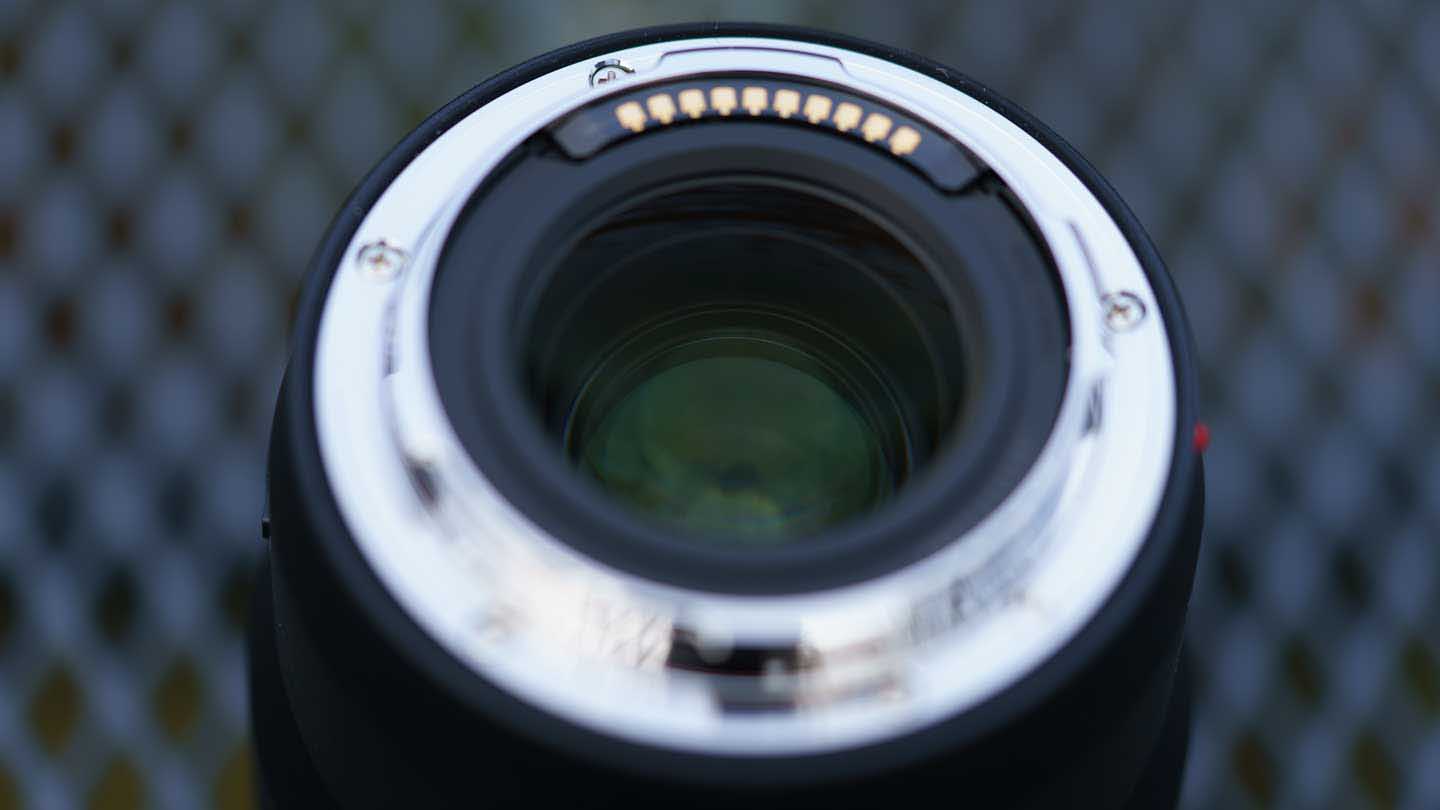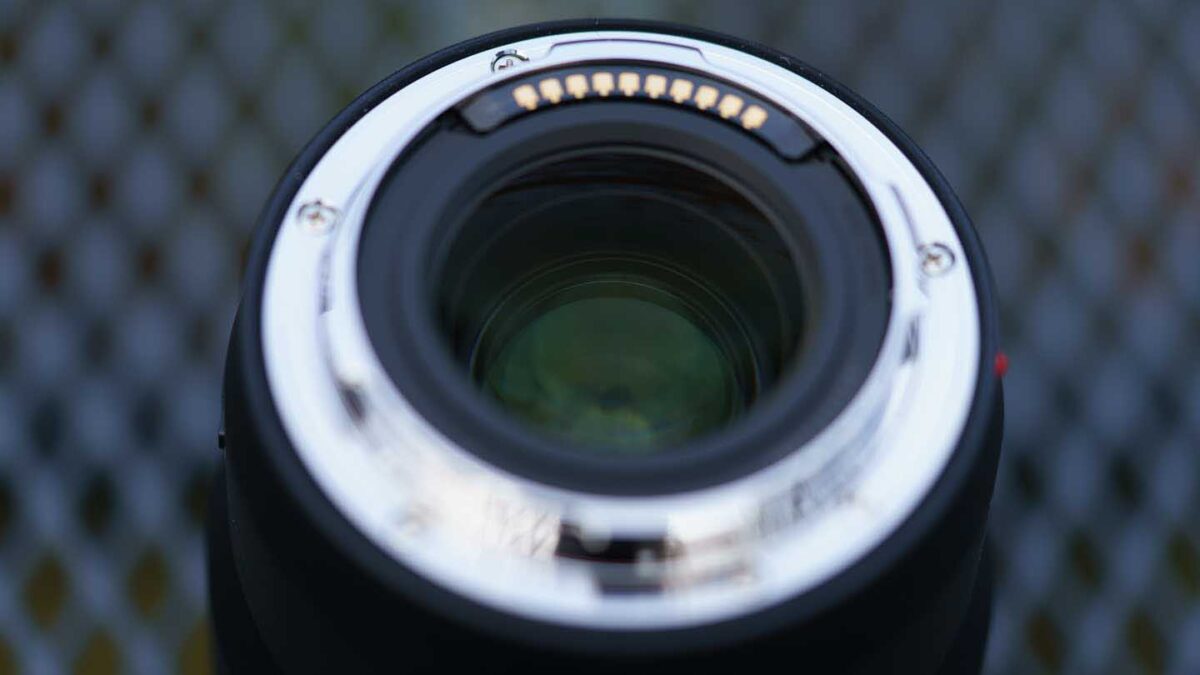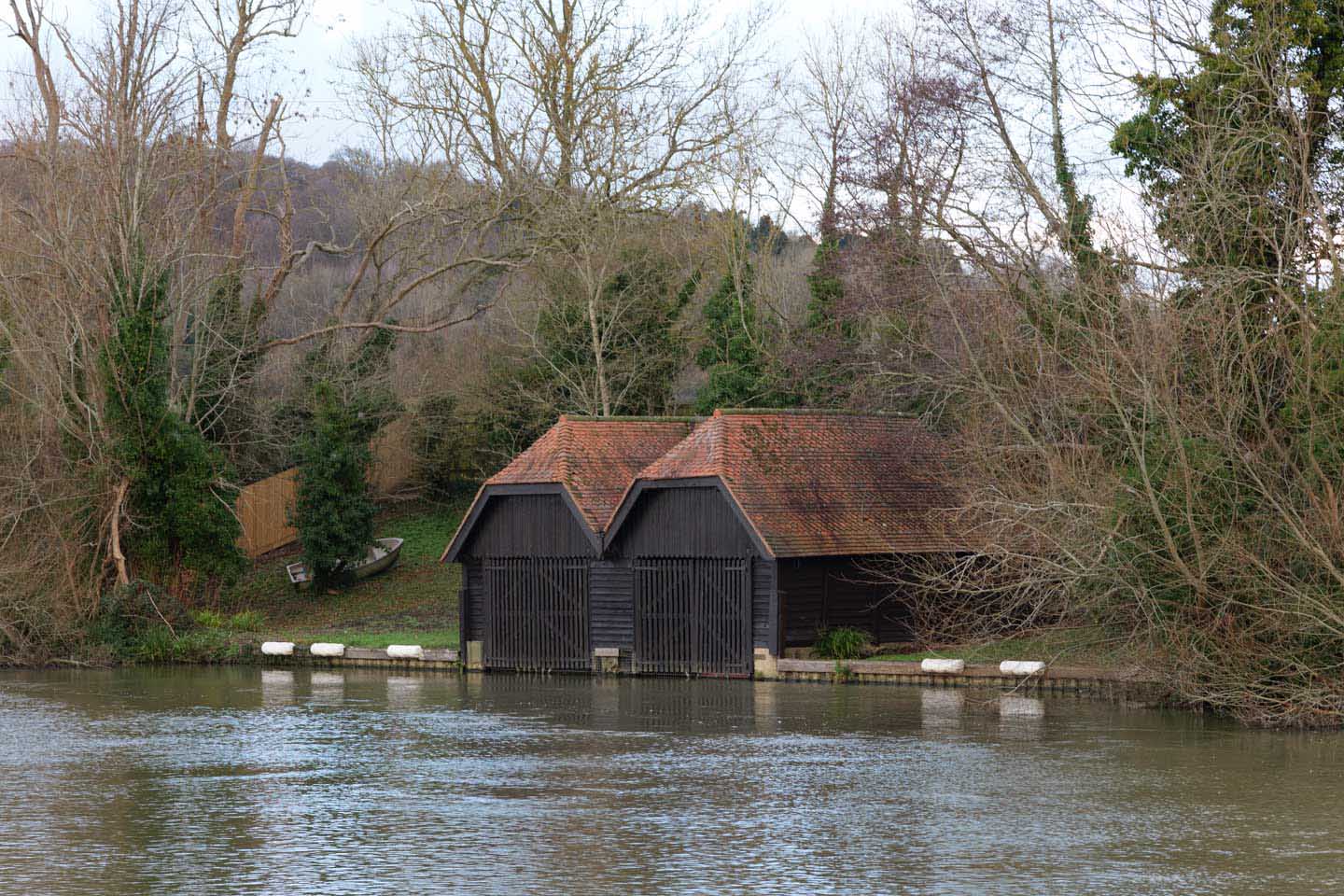I’ve tested the Panasonic Lumix S 100mm F2.8 Macro on the 24.2MP Panasonic Lumix S5IIX and the 47.3MP Panasonic Lumix S1R. It performs well on both, but naturally, the higher pixel count of the S1R tests its resolving power more, and it’s not found wanting. There’s a good level of sharp detail visible across the frame.
I find the S 100mm F2.8 Macro produces the sharpest results at around f/5.6 or f/8. When I examine my images at 100% on my Eizo computer screen, I can see slight softening from diffraction at f/16. This becomes more apparent but not problematic at f/22, the smallest aperture setting that’s available with the lens.
That said, if you compare identical images captured at f/5.6 and f/22, the f/5.6 images look slightly sharper when sized to fill a 27-inch monitor. The difference is more visible at 100%.
Even when the lens aperture is wide open to f/2.8, the detail is maintained well into the corners of the frame with only a slight drop in sharpness. Similarly, if the Vignetting Compensation option in the camera’s menu is turned off, there’s only slight corner shading at the widest apertures. This darkening isn’t really apparent when the images are viewed in isolation, but if you take identical shots with the Vignetting Compensation turned on and off, you’ll see a subtle change in the brightness of the corners.
I can’t see any curvilinear distortion in my images from the S 100mm F2.8 Macro; however, with some images, turning the Profile Corrections available in Adobe Camera Raw on and off suggests there’s a hint of pincushion distortion.
Further good news is that neither flare (even without the supplied lens hood) nor chromatic aberration is problematic. In addition, focus breathing is controlled well, which means the image framing stays the same during focusing.
Even at small apertures, focusing very closely to create macro images means the depth of field is limited. Consequently, the background is likely to be extremely blurry in many images. The S 100mm F2.8 Macro reproduces out-of-focus areas attractively, and small highlights are round without any apparent aberrations, even in the corners of the frame.
